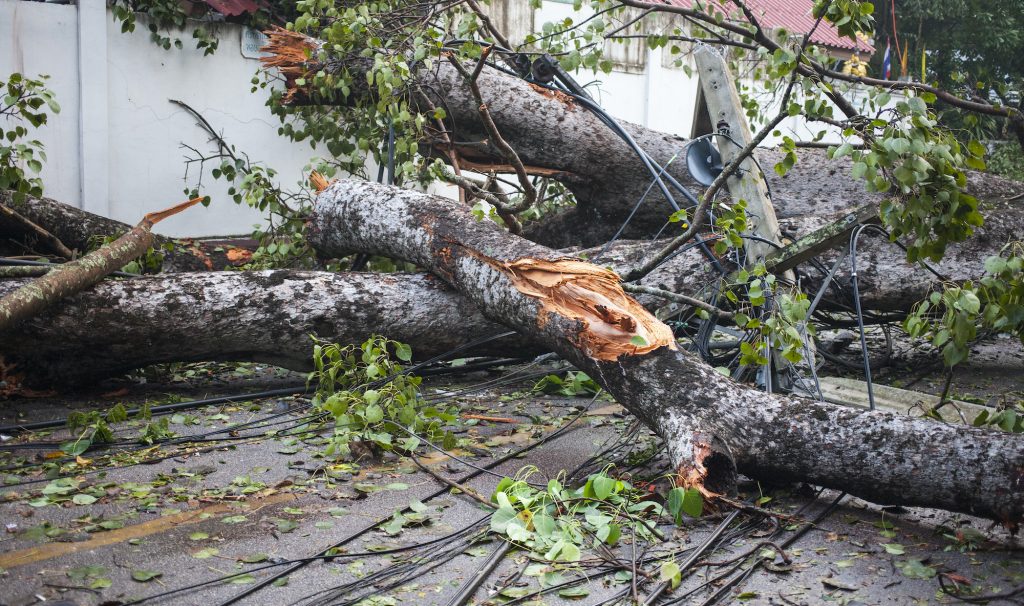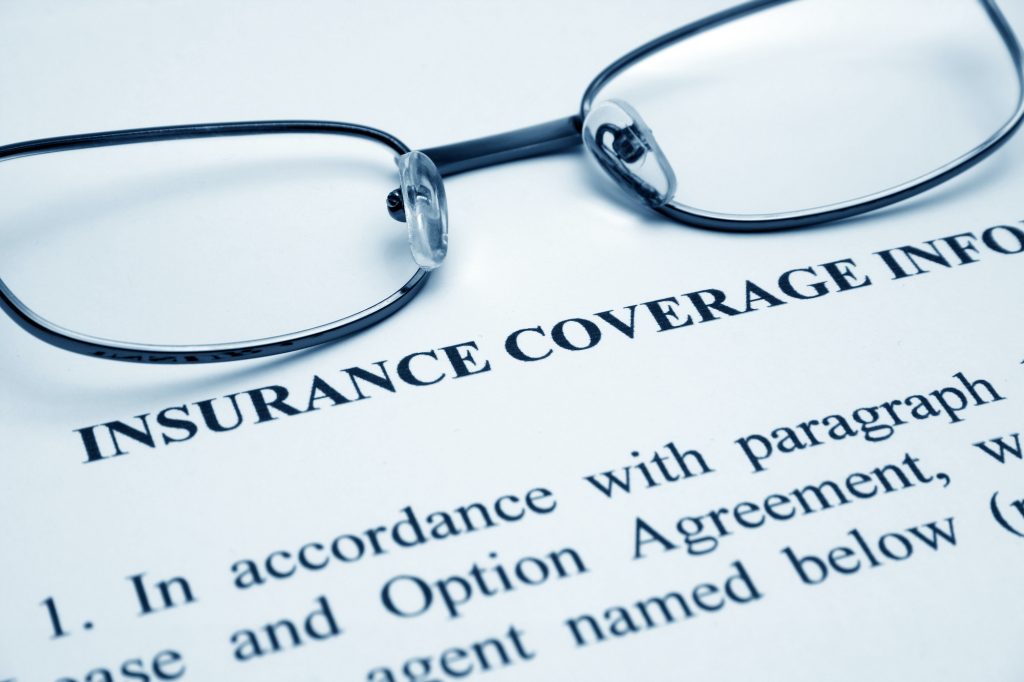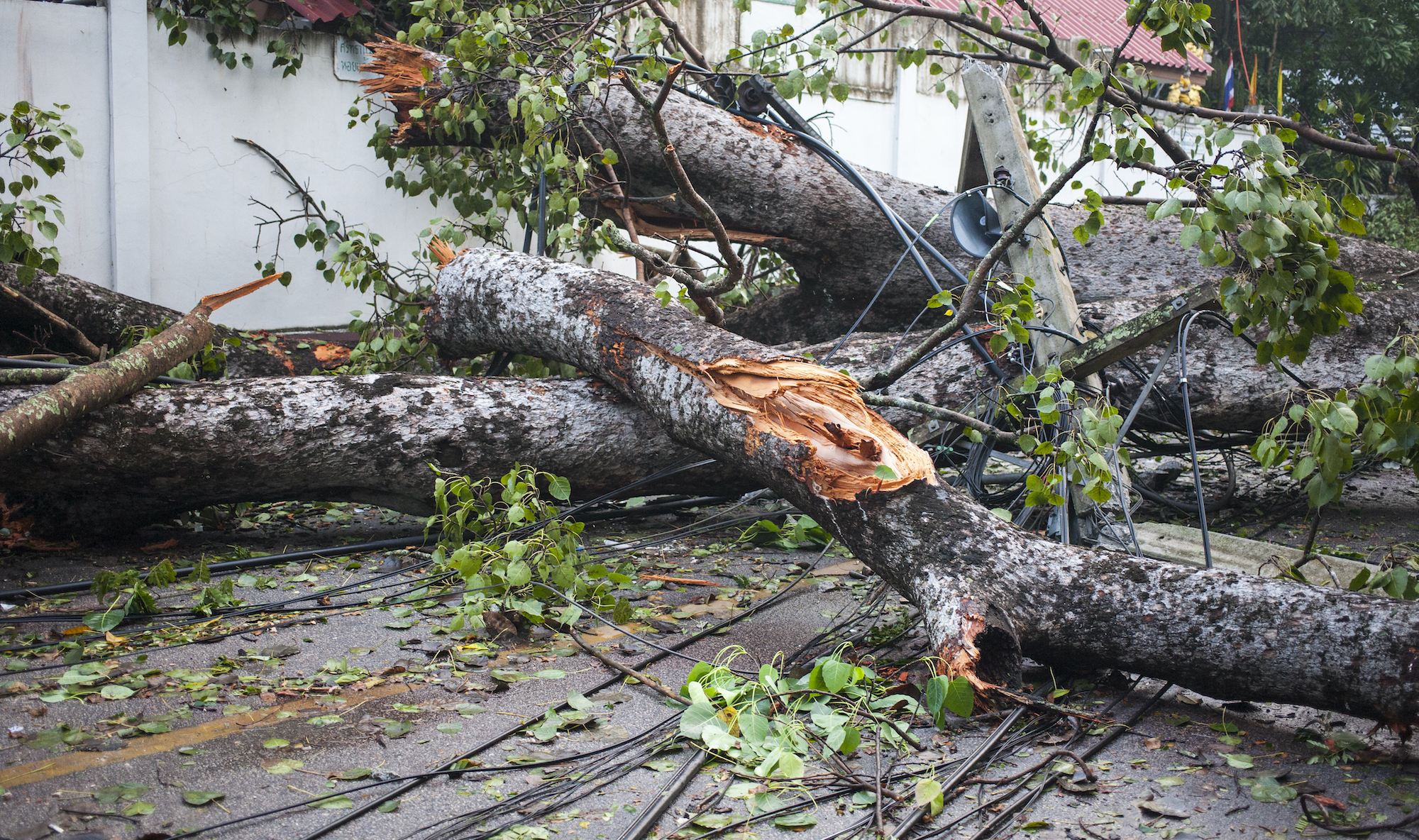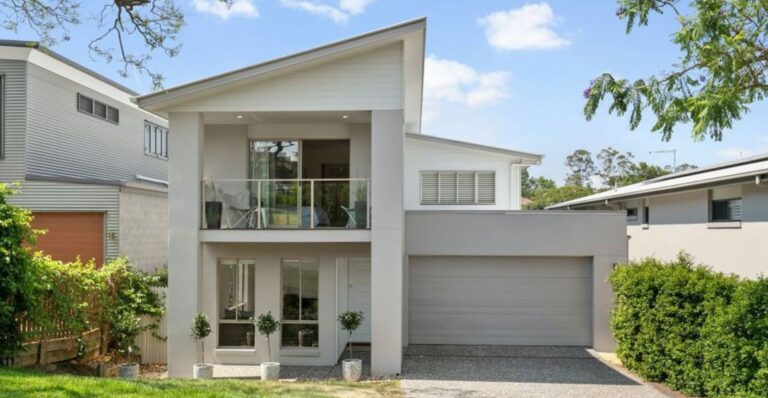Landlord insurance is there to protect your client when things go wrong with their property.
When guiding your client through the buying process, there will be questions like, ‘what happens if the tenant stops paying?’ or ‘how can we pay two mortgages if the investment property is damaged and uninhabitable?’
These are not just questions but also objections. We developed ALC Shield to help you guide your client through these objections and create a hassle-free investment property delivery.

Landlord insurance is not nice to have; it’s a must have
With property, tenants, weather, accidents and pets, there is a certain guarantee; at some point in the future something will go wrong.
When something does go wrong, it doesn’t mean it has to hurt the investor. In fact, with Landlord insurance, the investor can be protected and even continue to maintain their return with the right Landlord insurance.
Landlord insurance for property investors is not nice to have, but it’s a must have. That’s why Landlord insurance is included when investors choose ALC Shield.
What is in ALC Shield’s Landlord insurance package?
The following is a summary of inclusions at the time of writing.
This is not financial advice or an offer, and the reader should always review the final documentation for clarity of inclusions and specific terms.

ALC Shield’s Landlord insurance package includes the eleven areas:
Loss of rent up to 6 or 52 weeks
Protection during hardship and when a tenant stops paying rent or has left unexpectedly (up to six weeks cover). Protection during repairs when a property is uninhabitable following tenant damage or insured events (up to 52 weeks cover).
Legal liability up to $30 million
Protection when you are found legally liable for an incident, including tenant injury.
Denial of access up to 52 weeks
Protection for lost rent when a tenant refuses to leave the property and a court order is required for possession of the property.
Legal expenses up to $5,000
Covers court and tribunal fees for loss of rent claims.
Drug lab clean-up up to $65,000
Covers damage to contents and building caused by meth labs and hydroponic set-ups.
Death of a tenant up to 52 weeks
Protection for lost rent after the death of a tenant, including murder and suicide.
Tenant damage up to $65,000
Covers tenant damage to contents and building, including intentional and accidental damage.
Water damage up to $65,000
Covers damage to contents by water, including from overflowing basins and bursting pipes.
Storm damage up to $65,000
Covers damage to contents caused by rain, storm, cyclone and flood.
Fire damage up to $65,000
Covers damage to contents by fire or explosion, including arson by the tenant.
Pet damage up to $65,000
Covers damage to contents and building caused by a tenant’s domestic pet kept at the property, including those not named on the lease.
What is the difference between landlord insurance and home and contents insurance?
Home and contents policies typically offer protection for insured events such as fire and storm. However, they often do not cover loss of rent and tenant damage.
It is recommended landlords find a specialist insurance policy offering extra protection not covered in standard home and contents policies.
How do I get ALC Shield?
When you are placing the EOI for a property for your client, simply select the ALC Shield option, and ALC will include this on the contract.
Are you looking for the right investment property?



